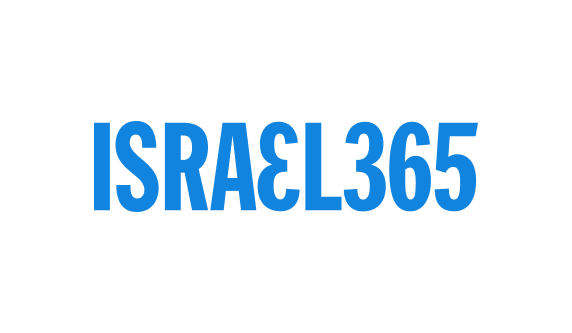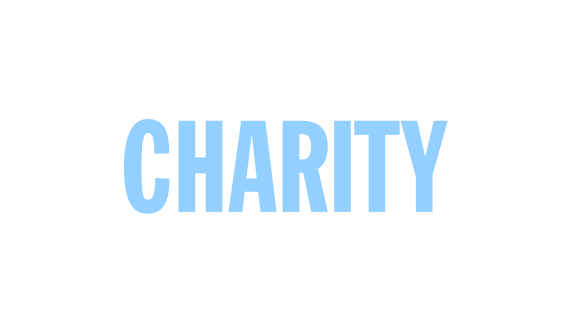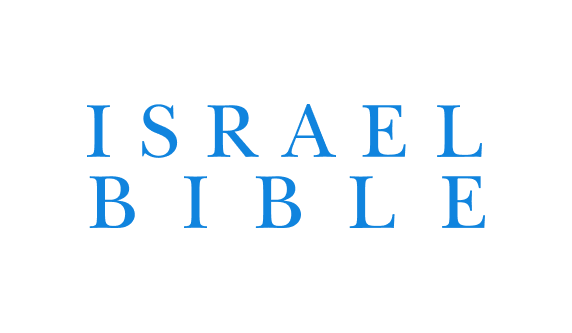In 1949, the Provisional Council of Israel, the temporary cabinet that governed the Jewish state until the formation of its first government, selected an official emblem for the fledgling Jewish state to display its sovereignty in the community of nations. Graphic artists Gavriel and Maxim Shamir came up with the famous design of a menorah (candelabrum) flanked by two olive branches, prevailing over 450 other submissions. According to Gavriel Shamir, “After we decided to use the menorah, we looked for another element and concluded that olive branches are the most beautiful expression of the Jewish people’s love of peace.”
The reading from the Prophets, called a haftarah, read on the Sabbath which falls out during the holiday of Hanukkah, contains the original outline for the Shamir brother’s design. It teaches that there is an altogether different meaning behind Menorah flanked by olive branches, which is central to the holiday of Hanukkah.
The haftarah begins with a universal vision:
“Many nations will join themselves to Hashem on that day, and they will become a people unto Me; and I will dwell in your midst” (Zechariah 2:15).
Biblical commentators, such as Meir Leibush Weisser, known as the Malbim, note that this verse refers to non-Jews converting to Judaism in response to seeing God’s miracles at the end of days. This prophecy stands in contrast to Zechariah’s next vision, a rebuke of Joshua, the high priest:
“But Joshua was dressed in filthy garments as he stood before the angel. The angel spoke up and said to his attendants, “Remove the filthy garments from upon him!’” (3:3-4).
The biblical commentator known as Rashi explains that the angel criticized the intermarriage of Joshua’s sons, and the high priest’s failure to object sufficiently when his children were drawn to foreign influences.
The haftarah begins with a lofty vision of brotherhood between all of mankind, followed by a warning of the threats therein. This tension between the universal and the particularistic forms the introduction to the final section of the haftarah, the beautiful description of the menorah flanked by two olive branches:
“I see and behold—there is a menorah made entirely of gold with its bowl on top; its seven lamps are upon it, and there are seven ducts for each of the lamps on its top. There are two olive trees over it, one at the right of the bowl, and one on its left” (Zechariah 4:2-3).
The menorah, of course, was familiar to Zechariah, Joshua and the entire Jewish people from the Temple, but what is the significance of the accompanying olive trees?
The sages explain that “just as (olive) oil illuminates, so too the Temple provides light to the entire world, as it says, “and nations will walk by your light, kings by your shining radiance” (Isaiah 60:3). That is why Israel is called a leafy olive, for Israel provides light for all” (Midrash Rabbah Shemot 36:1).
The olive tree represents the Jew’s responsibility to be a light unto the nations, fueling the fire of the menorah which served to illuminate the entire world with its light. This message was literally built into the Holy Temple itself, as the Talmud (Menachot 86b) describes that the windows of the Temple were constructed the wrong way—with their narrow side oriented inward and the broad side facing outward. This unique design was a deliberate architectural choice that conveyed a profound message: the House of God was not reliant on the world’s light. Instead, it served as a source of illumination for the entire universe.
These passages from Zechariah are therefore appropriate readings for the Sabbath of Hanukkah, which memorializes the battles waged by the Maccabees against the introduction of Greek influence into Jewish beliefs and practices. Israel is meant to provide light to the nations, as Zechariah describes in the beginning of the haftarah, and not the other way around as seen by the rebuke to Joshua in the middle of the haftarah.
This message is integral not only for the holiday of Hanukkah but also for the role of the State of Israel. Despite Gavriel Shamir’s interpretation, the olive branches in Zechariah’s menorah are not an expression of the Jewish people’s love of peace, as beautiful as that is. The olive branches that flank the menorah in the emblem of the State of Israel are meant to remind us that Israel must not be overly influenced by outside forces, but must assume its role in providing moral and Godly illumination to the entire world.
Each year, as we light our menorahs on Hanukkah, we reaffirm our commitment to this eternal message of the holiday. The Maccabees fought the Greeks and Hellenistic Jews, who sought to lure the Jews to Greek culture, and purged the Temple of their pagan influence. The Shamir brothers intended to invoke the Christian interpretation of the olive branch, symbolizing peace. However, as Zecharia’s vision teaches us, they also unwittingly included a second aspirational message to the emblem of the State of Israel. In addition to desiring peace, we continue to strive to be a light unto the nations, demonstrating fairness, justice, and commitment to God.
Rabbi Tuly Weisz is the director of Israel365 and editor of “The Israel Bible,” and Rabbi Dr. Ethan Eisen is a psychologist practicing in Israel.






